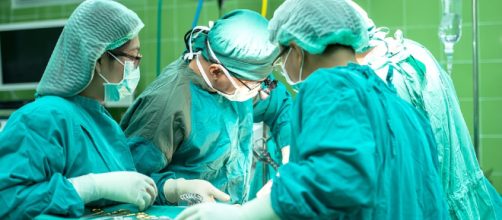German and Italian physicians have brought a seven-year-old German child back from the jaws of death. The child was suffering from Junctional Epidermolysis Bullosa (JEB), a rare inherited Skin Disease that is normally fatal in the initial years of a victim’s life. The doctors covered the patient’s body with genetically engineered skin.
Infections had covered 60 percent of the body
It is a prime example of raw nerve, surgical stamina, and genetic engineering, reports Los Angeles Times. When the patient arrived at a Bochum burn unit, infections from blisters and sores covered most of his body and destroyed 60 percent of his skin.
He was suffering from excruciating pain, even after being injected with morphine round-the-clock.
Over a five-month period (fall and winter of 2015), the doctors harvested the few remaining healthy skin cells from the boy’s body. They invaded the cells using a virus and introduced a corrected version of the mutated gene. This particular gene had caused the deadly condition in his epidermis. The doctors built numerous square meters of new epidermis.
New skin helps child live a normal life
The doctors used sheets to culture the corrected cells. This was backed with naturally-occurring adhesive and plastic. Next, they wrapped the child’s body in the New Skin. The newly-grown epidermis has helped the ailing kid have a normal life once again.
Hair has started pushing through the genetically engineered skin. He is also playing with other children, and getting normal cuts and bruises.
The cuts are also healing up normally without drugs or daily ointments. Details about this procedure and cutting-edge treatment have been published in the journal, "Nature." The report has brought hope to almost half a million children worldwide who suffer from this debilitating condition.
Child can now grow healthy skin cells continually
The therapy can help these children survive the first few years of their life. In some cases, normal skin function is also expected. The doctors covered roughly 80 percent of the child’s body with the new skin grafts but If the procedure is started early, it would not require so much replacement and the chances of fatalities may go down.
Dr. Michele de Luca of the University of Modena and Reggio Emilia’s Center for Regenerative Medicine believes that the grafts used will stay forever, and will result in a totally stable condition. Holoclones, which are newly identified stem cells, will help the child in the continuous production of healthy cells.
According to dermatologist Prof. Angela Christiano of Columbia University in New York, the success of De Luca and his team has offered a transformative approach for treating young patients with JEB and similar deadly skin conditions.


